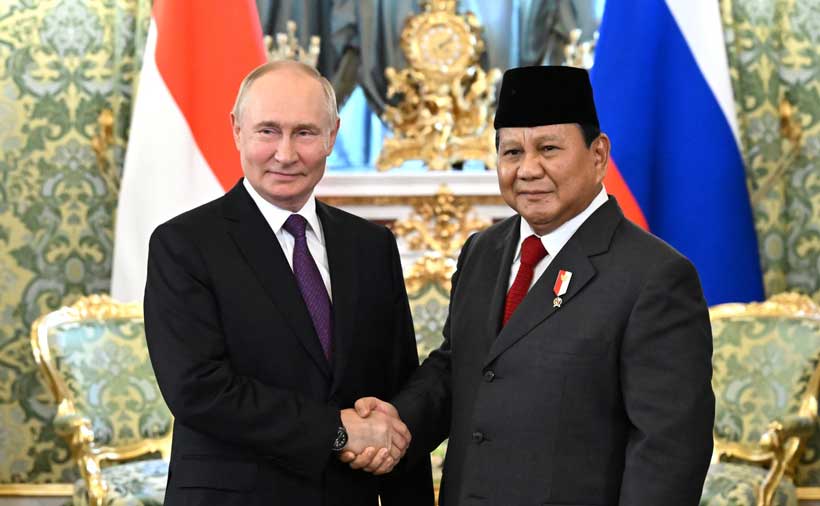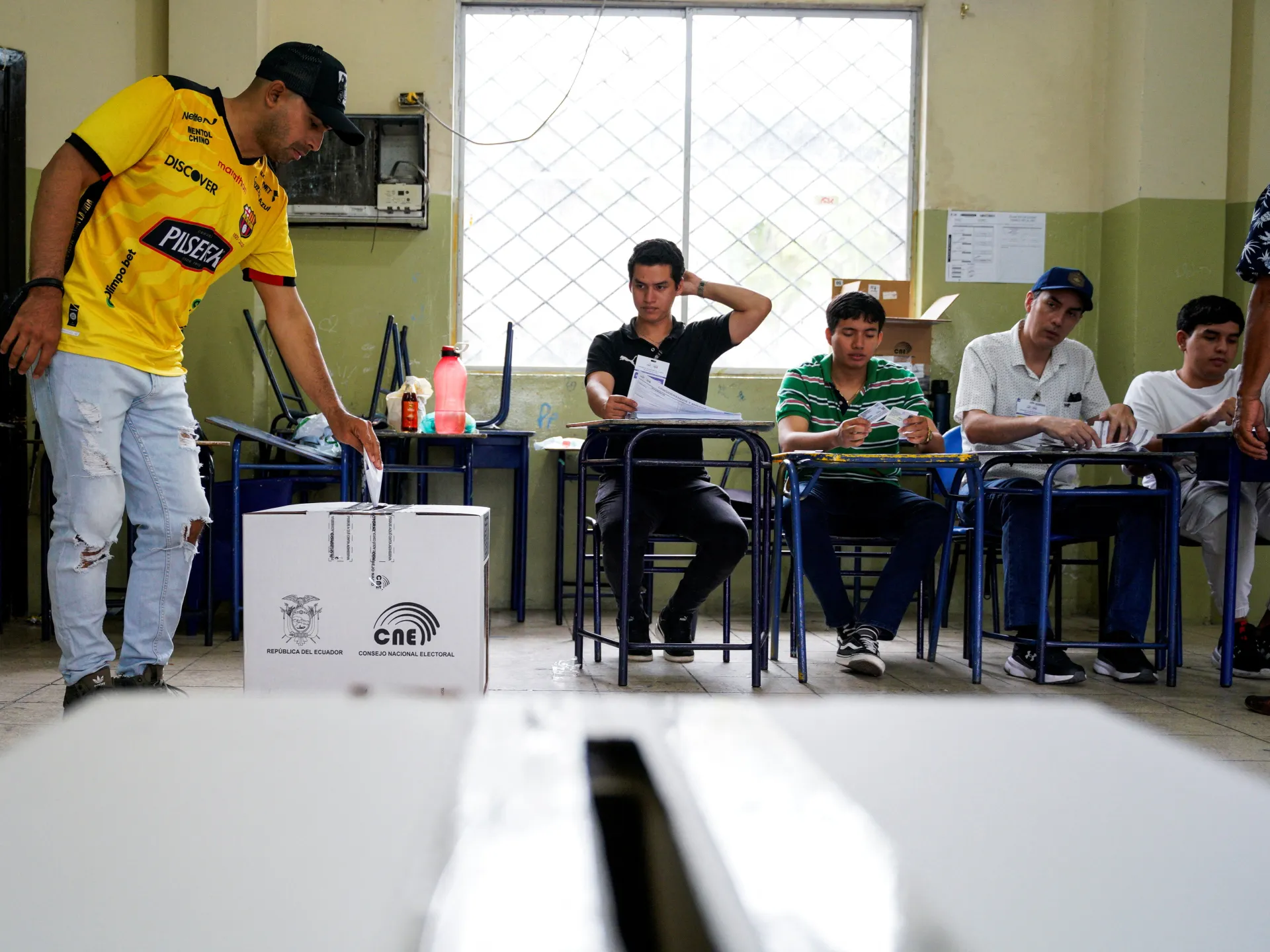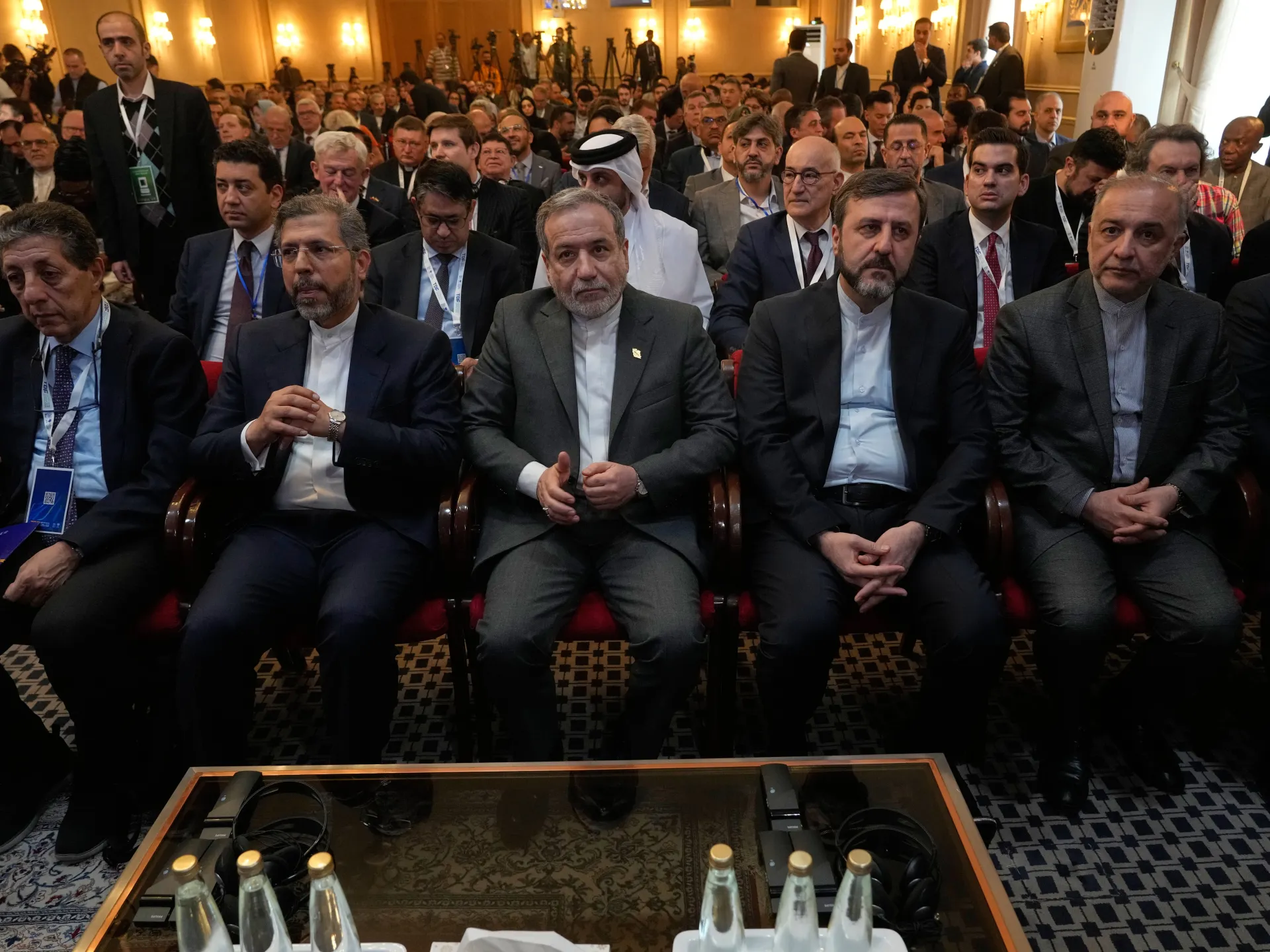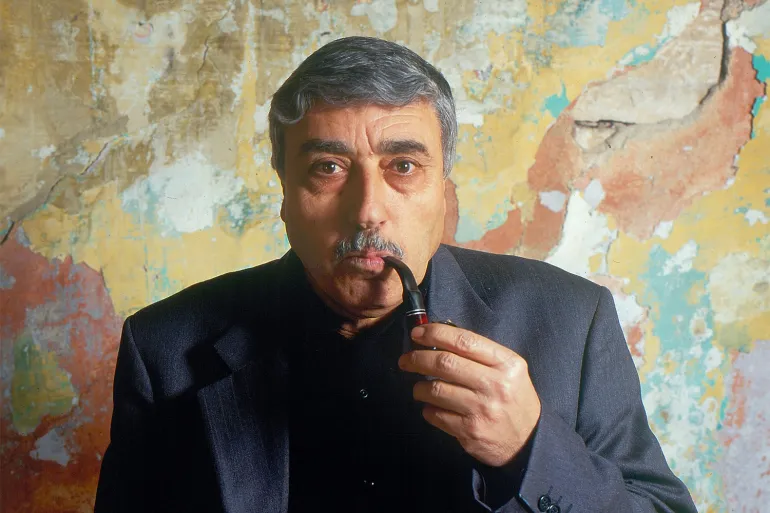Taiwan — The Endgame After All International Conflicts?
As the world moves into the final weeks of 2025, the global landscape looks markedly different from that of 2024. Over the past year, the world has witnessed a greater number of conflicts than at any time since the turbulence in the Middle East in the early 2000s. The Israel–Iran confrontation, the Thailand–Cambodia clashes, and most recently the U.S.–Venezuela conflict—together with earlier crises such as the Russia–Ukraine war that began in 2022 and Myanmar’s protracted internal turmoil—illustrate how sharply the global strategic chessboard is being reshaped.
These conflicts form a chain of consecutive flashpoints, each diverting global attention away from Taiwan—a uniquely sensitive entity for China.
China’s Moves Behind the Scenes
Following Donald Trump’s victory in the 2024 U.S. presidential election, Chinese President Xi Jinping proclaimed on December 31, 2024, “No one can halt China’s drive to reunify with Taiwan.” Far from being a one-off remark, this declaration reflects a long-standing stance repeatedly voiced by Xi. He had frequently told President Joe Biden that Taiwan remains a “loaded gun” positioned by the United States at China’s doorstep—mirroring the Cold War dynamic when the Soviet Union stationed missiles in Cuba during the Bay of Pigs crisis. For Beijing, the absorption of Taiwan is therefore seen as indispensable to securing China’s national defense interests.
Across global media, China has been detected amassing large quantities of weaponry and military personnel in Fujian Province, only about 130 kilometers from Taiwan at its nearest point. Well before the Russia–Ukraine war broke out in 2022, Beijing had already been discreetly improving infrastructure in Fujian and stockpiling cutting-edge weapons in preparation for future contingencies.
Any state planning a major military operation must invest years into upgrading logistics networks, fortifications, and weapons production. Since 2022—while the world has been preoccupied with overlapping conflicts—China has had ample time to build the capacity needed for a move on Taiwan.
With multiple crises flaring at once, the United States cannot realistically stretch its resources to fully assist all allies. This dynamic underscores the possibility that the succession of global conflicts since 2022 has ultimately helped divert attention and dilute Western, especially American, bandwidth—conveniently easing China’s path toward its long-standing objective regarding Taiwan.
What has the US done?
Despite a clear weakening since the beginning of the 21st century, the United States still holds a ‘relatively’ firm position in leading the world order. Many US officials across two presidential administrations have shared the view regarding the possibility of China annexing Taiwan by force in 2027. President Joe Biden, a member of the Democratic Party who was initially an advocate for minimizing disagreements with China, has also exerted maximum pressure on Beijing throughout his term, surprising and confusing many experts.
In 2024, the establishment of the US-Japan-Philippines trilateral link signals the utmost concern from policymakers regarding China’s activities. Strategically, US partners and allies will therefore form a continuous arc-shaped formation to deter China’s negative activities. This support will generate significant regional influence and form the US ecosystem in the Indo-Pacific. In the event of a conflict in the Taiwan Strait, US partners and allies will assist Washington in pressuring Beijing, forcing the country to reconsider the possibility of escalating the conflict with Taiwan.
After Trump’s election, he strengthened cooperation with Taiwan. When he imposed tariffs on Taiwan, along with other countries, it was not merely a simple economic move but also demonstrated his desire for the world’s attention on this entity. Notably, the increase in TSMC’s investment in the US to $165 billion in March 2025, compared to $65 billion, suggests the Trump administration’s subtle backing of Taiwan. When a crucial company from an investing nation is attacked, resources and investment activities will be delayed, leading to economic damage, in this case, to the US. Although the role of Taiwan was not directly integrated, the Trump administration made a very sharp move.
Furthermore, the bombing of Iranian nuclear facilities in Israel’s Operation Rising Lion in June 2025 serves as a signal to China regarding the possibility of military conflict escalation with US presence should Beijing use force against Taipei. The renaming of the department back to the ‘Department of War’ further reinforces the possibility that the US could proactively attack any nation that confronts Washington’s interests.
Will a conflict in the Taiwan Strait occur?
Many experts and scholars have discussed whether China will invade Taiwan, as asserted by the country’s leaders. When a conflict occurs in a region/area, the global order will easily witness numerous impacts.
For China, in the event that Beijing captures the island, the country will incur sanctions from the US and its allies and partners. Furthermore, the possibility of intervention from countries within the US’s ‘hub-and-spoke’ model in the Taiwan situation is entirely feasible.
Japan is the country that made the strongest declaration when the new Prime Minister, Sanae Takaichi, stated in a National Assembly meeting that if Taiwan is attacked, Japan will be directly affected and it concerns Tokyo’s ‘survival.’ Japan has also progressively amended and interpreted its constitution to legitimize the action of deploying troops overseas to assist its partners. The fact that an individual who has just taken office as Prime Minister of Japan has made such tough statements regarding Taiwan indicates that a conflict in the Taiwan Strait is entirely possible, lending more credence to the 2027 forecast.
According to a RAND report, the countries that could potentially join the group defending Taiwan alongside the US include the UK, Australia, and Japan within the next ‘3–6 months,’ corresponding to Q1 and Q2 of 2026. This further reinforces the possibility of a conflict occurring in the Taiwan Strait, aligning with the statements made by US defense officials (and later the Department of War), as well as President Xi Jinping’s long-standing declarations regarding the possibility of annexing Taiwan by 2027.
It is clear that Taiwan, despite being an island, has a significant impact on the US-China competition. In the context of ongoing global conflicts, Taiwan is viewed as the final destination for conflicts in recent years. The US and its partners and allies may increase their presence on this island in various forms to ensure its ‘safety.’
































